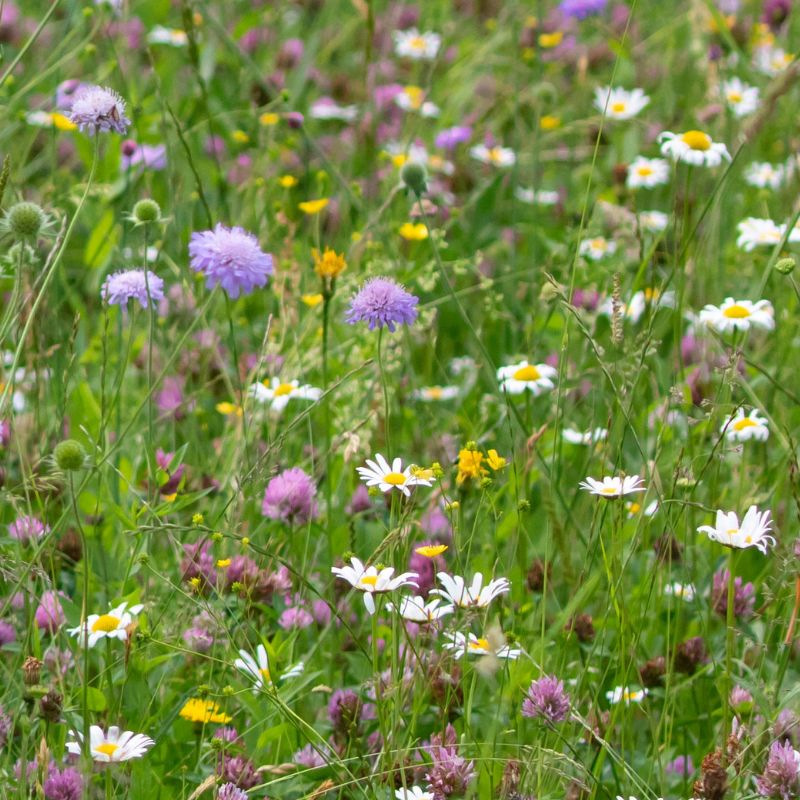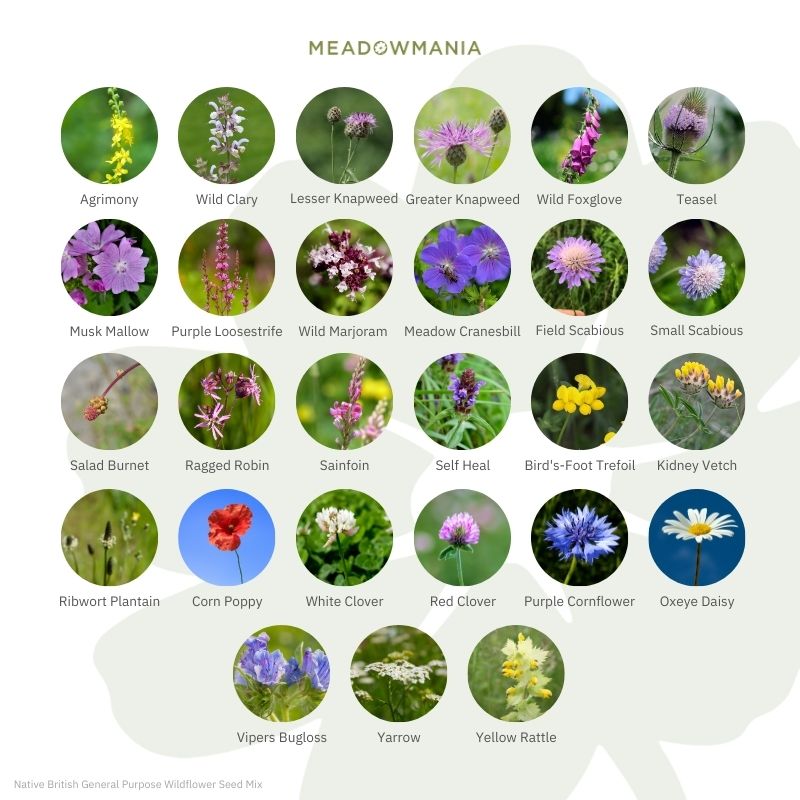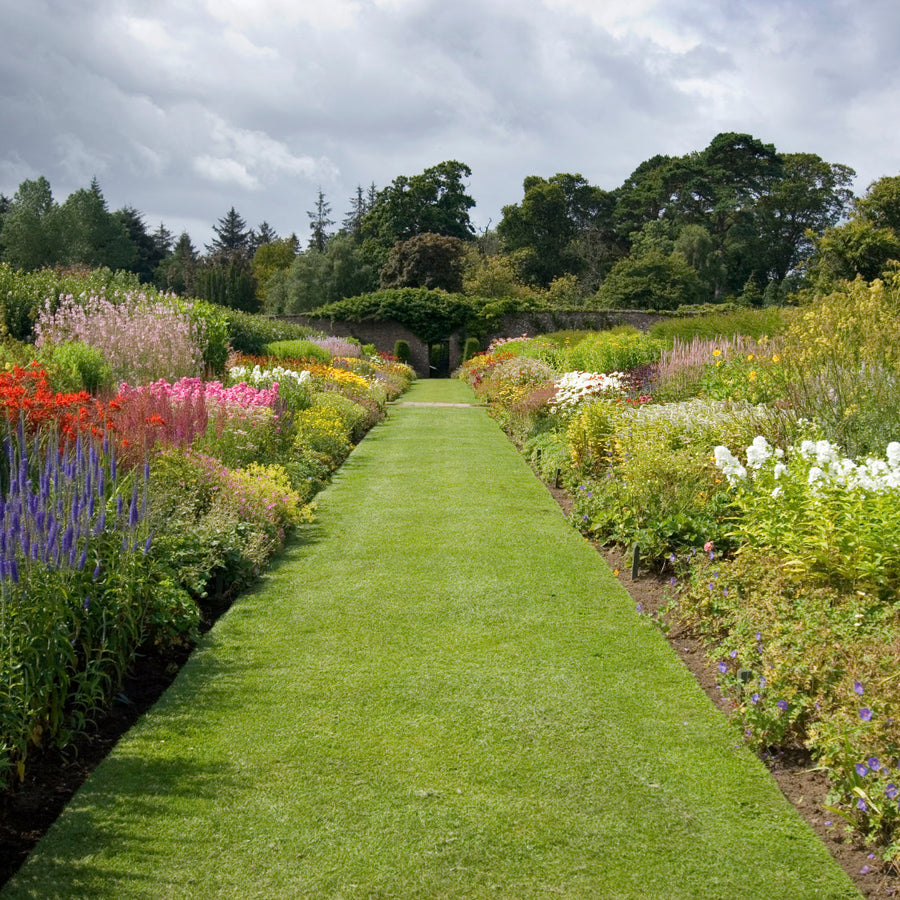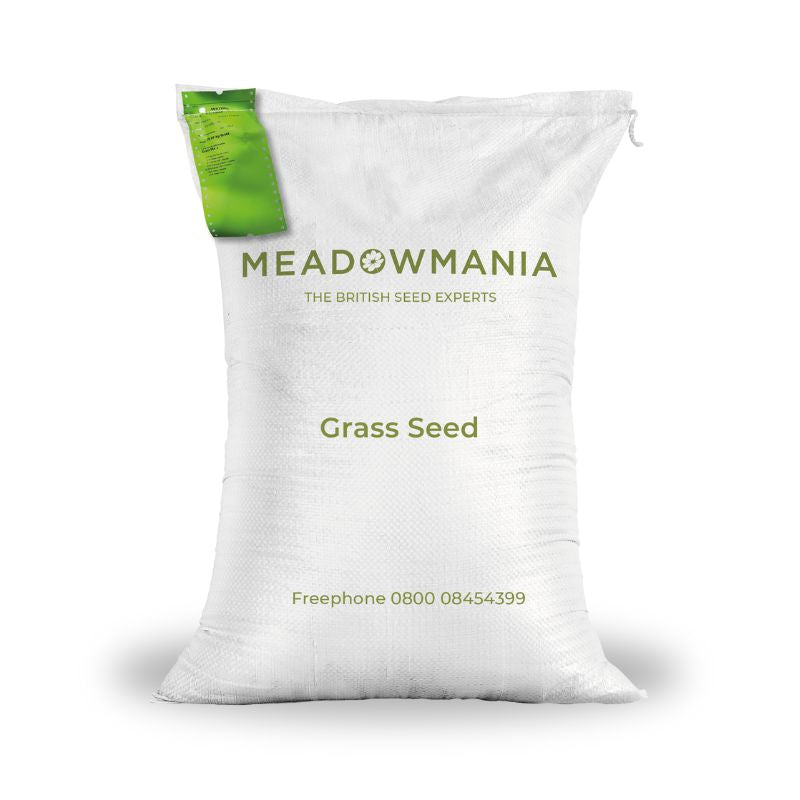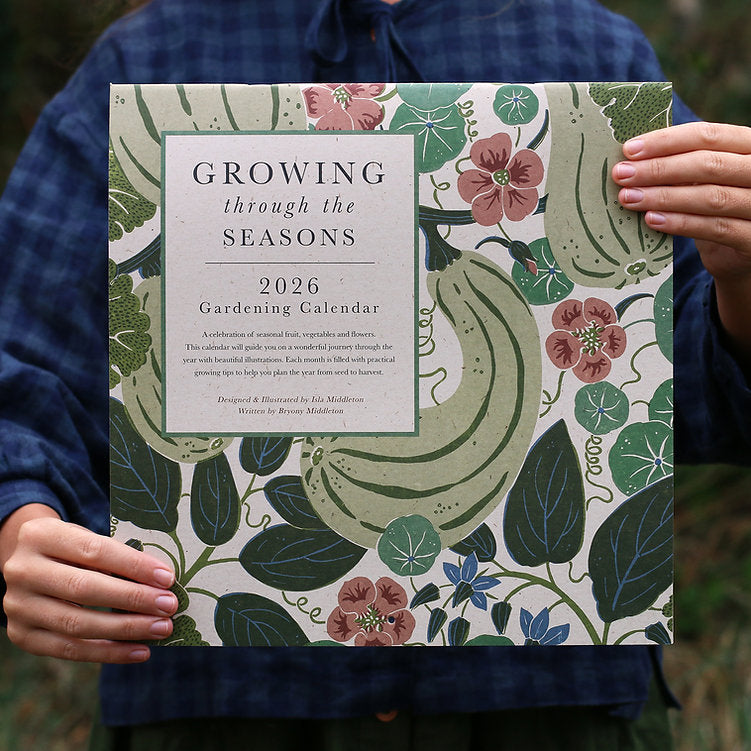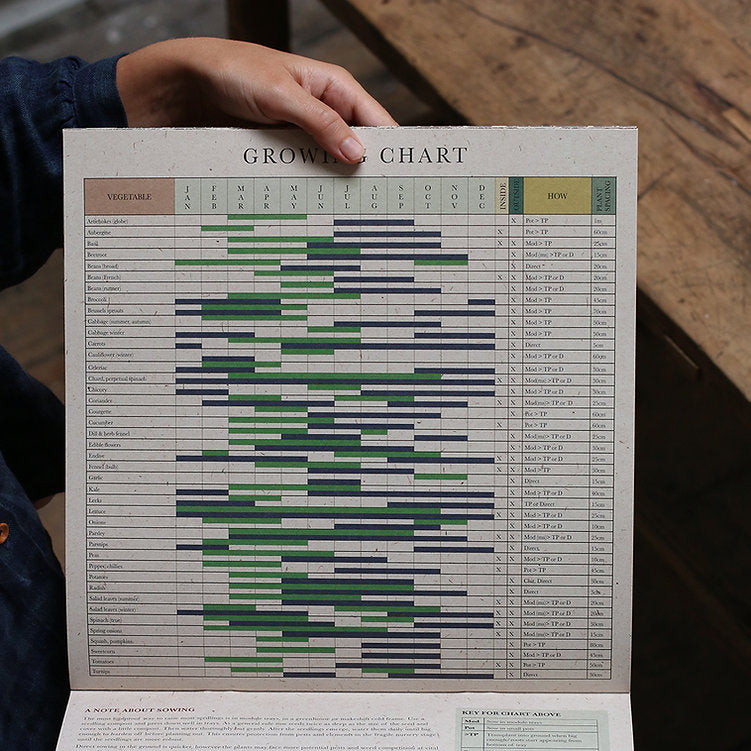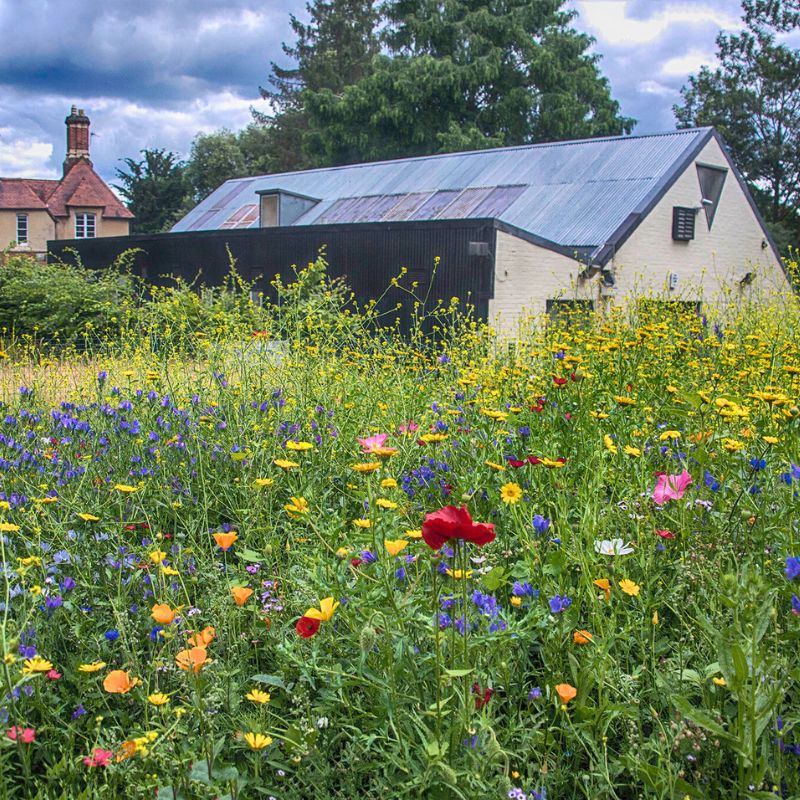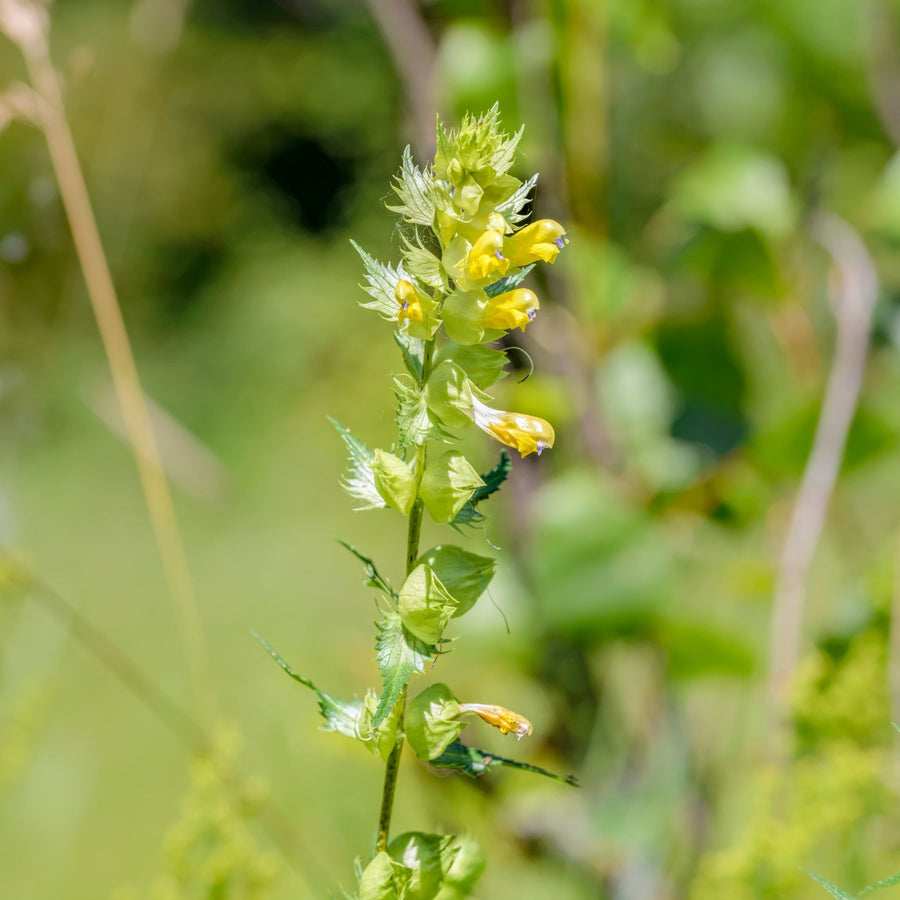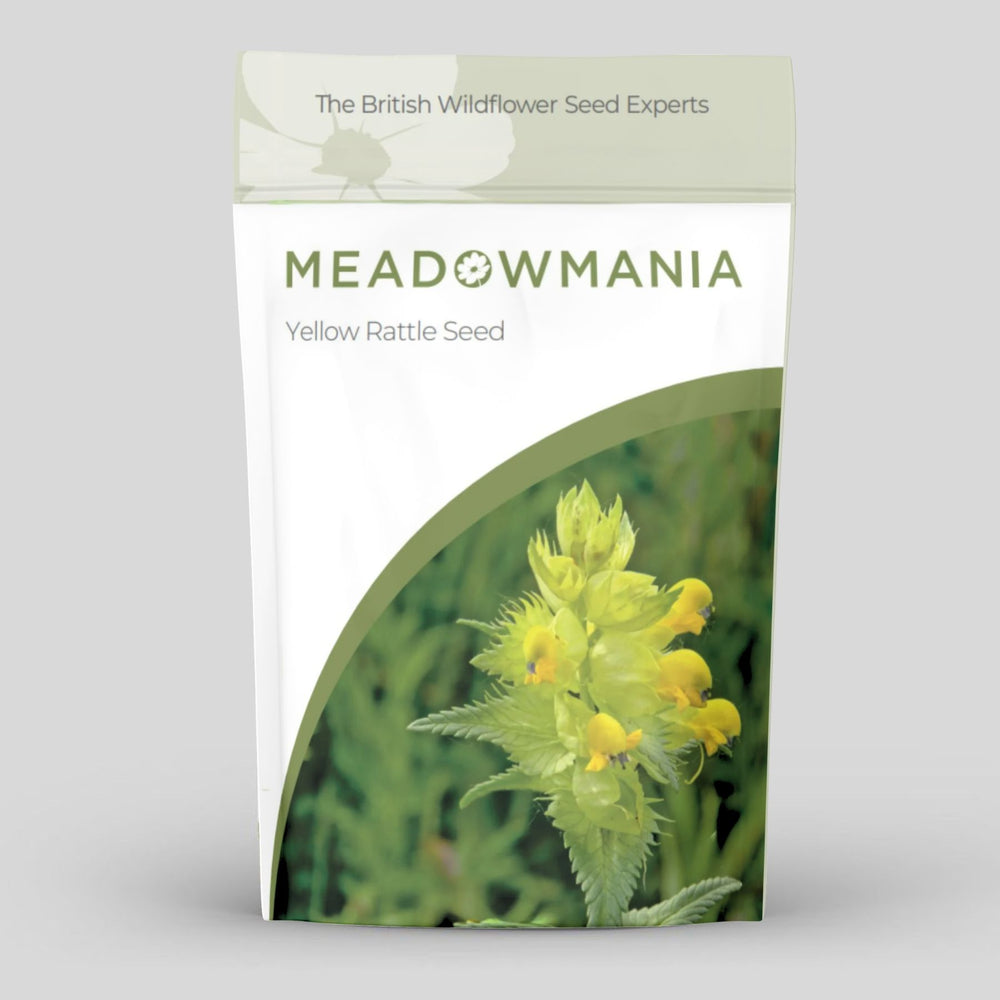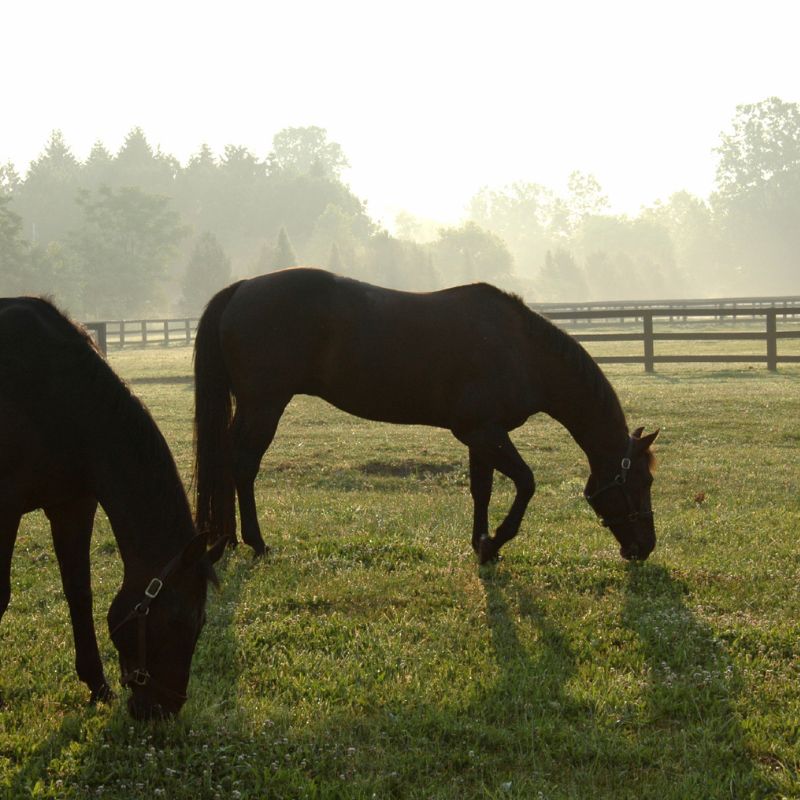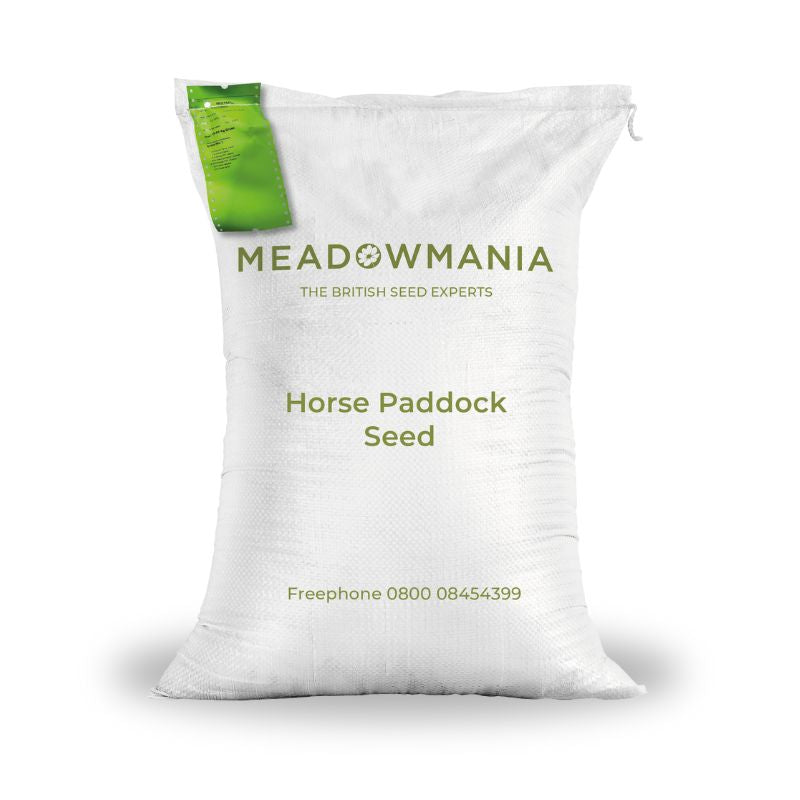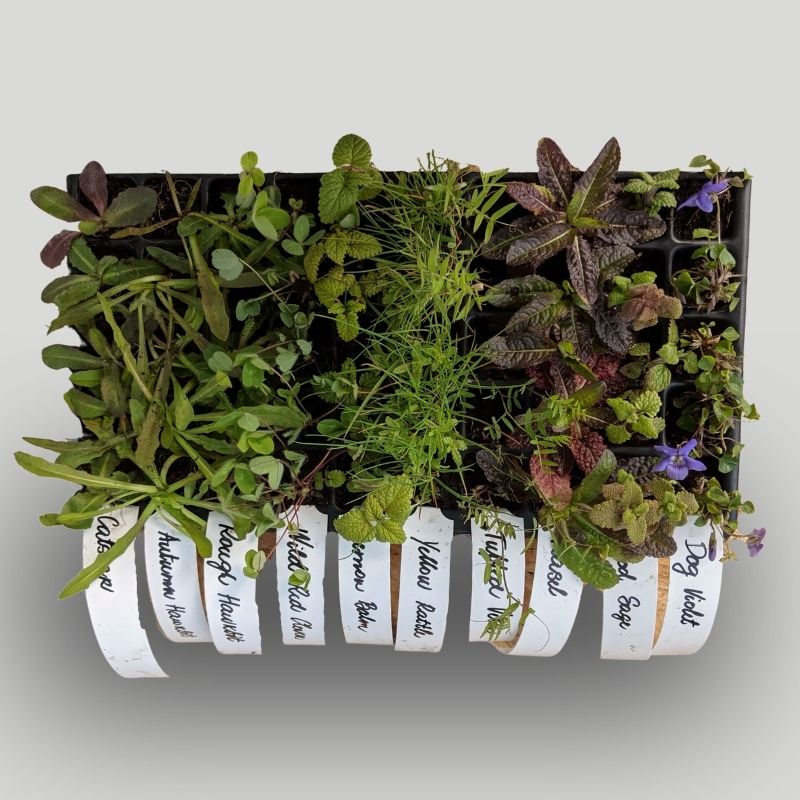
Why Bumblebees Love Wild Flowers
Why Bumblebees Love Wild Flowers
You may already be aware that many of the UK’s insect pollinators are under threat. Bumblebees in particular have seen large declines in their populations, and 2 of our 26 native species have become extinct since the 1940s. The main reason for these declines has been the loss of habitat, especially flower-rich grasslands. Many people now want to make sure part of their garden benefits the insect pollinators as well as look attractive. Councils are also keen to support the introduction of pollinator friendly habitats within the parks, verges, civic spaces and playing fields. What this article tries to set out is what types of bees there are and where you can find more information about them. The different wild flower options and how to plant them. So, that you get an attractive wild area but also benefit the wildlife.What types of bees are there?
Bees are one of the most familiar of garden insects. The sight and sound of them buzzing from flower to flower is part of British summertime. A lot of the information below is drawn from an excellent organisation and resource called the http://bumblebeeconservation.org/ If you want to learn more or support them visit their website. One easy way to categorise bees is to split them into three types. [gallery ids="1362,1361,1363"] To most people, bees are instantly recognisable but there are distinct differences between the appearance and lives of bumblebees, honeybees and solitary bees. Bumblebees are larger and hairier than their cousins which makes them perfectly suited for colder climates. Bumblebees can also be categorised as ones with long or short tongues. Whilst in the UK there are 24 species of bumblebee only eight are commonly found in most places. Bumblebees thrive in a variety of habitats and most people should be able to attract them to their gardens if they have the right kinds of flowering plants. Their extra insulation allows them to venture out on cold days when honeybees stay tucked up inside. But bumblebee nests are small and they do not store large quantities of honey. They are more sensitive to the availability of pollen and nectar-rich flowers to feed on. Don’t confuse bumblebees with wasps or honeybees. Bumblebees do not swarm and are not aggressive. Only female bumblebees can sting and they will only do so if they feel very threatened. Importantly, bumblebees should never interrupt your picnic!So, what does a bee-friendly garden look like?
Ideally your garden should provide bee-friendly flowers that are rich in both pollen and nectar and which bees can easily access from spring until late summer. This will ensure that there is a good supply of pollen at the crucial times:- When the queens are establishing nests.
- When nests are growing.
- When nests are producing new queens and males.
- When queens are fattening up ready for hibernation.
Which Wild Flowers should you consider growing?
The RHS has produced an excellent range of bee friendly flower lists. Follow the link below to find out more information RHS Guide to be friendly wild flowers With regard to wild flowers we suggest you consider one of two types of mixtures.Urban Pollinator mixes
 Cosmos Seed The first is what we call Urban Pollinator mixes. These are based on similar mixes to the ones that Pictorial Meadows have successfully developed. Our mixes contain a wide range of annuals and biennials from around the world. Sown ideally in the spring they are;
Cosmos Seed The first is what we call Urban Pollinator mixes. These are based on similar mixes to the ones that Pictorial Meadows have successfully developed. Our mixes contain a wide range of annuals and biennials from around the world. Sown ideally in the spring they are;
- Easy to grow,
- Quick to Establish
- Have a long, varied flowering season
- Very colourful
 cat in meadow These are more of a long term investment. Once established though they will provide a range of wild flower species in flower over the whole summer. Again, providing a supply of nectar and pollen. Wild flower meadows take a few years to develop. The benefit though is once they are established they come back year after year. It is understood that bees need and benefit from more wild flowers. Also, that different wild flowers grow on different soil types. Establishing a standard wild flower meadow mix will make an attractive area that is easy to manage and benefits the insect pollinators Where it can become more interesting if you want to target a particular type of bee. Then you need a mix of flowers that are specific to both soil type and the type of bee you wish to help. The different types of bees need ideally different species as a source of pollen and nectar. For example A mix to attract Bumblebees on Chalk Soil might want to contain at least; Birdsfoot Trefoil, Common Knapweed, Greater Knapweed, Kidney Vetch, Lady’s Bedstraw and Small Scabious amongst others. A mix to attract Honey Bees on Damp Soil might want to contain at least; Betony, Birdsfoot Trefoil, Lesser Knapweed, Devil Bit Scabious and Red Clover The seed ideally should be sown between Mid March and Mid May or Mid August to Mid October. The ground should be cleared completely then the mixture sown at 4 grams to the sq metre. Broadcast the seed then roll, or walk all over it afterwards. These mixes take longer to develop. It may not be until the second summer when you start to see a wider range of perennials. They need cutting back at the end of August then they should be left to grow back and flower the following summer. We hope you find this of interest and benefit, if you need any more information at this stage please contact us at shop@meadowmania.co.uk or Tel 0800 085 4399.
cat in meadow These are more of a long term investment. Once established though they will provide a range of wild flower species in flower over the whole summer. Again, providing a supply of nectar and pollen. Wild flower meadows take a few years to develop. The benefit though is once they are established they come back year after year. It is understood that bees need and benefit from more wild flowers. Also, that different wild flowers grow on different soil types. Establishing a standard wild flower meadow mix will make an attractive area that is easy to manage and benefits the insect pollinators Where it can become more interesting if you want to target a particular type of bee. Then you need a mix of flowers that are specific to both soil type and the type of bee you wish to help. The different types of bees need ideally different species as a source of pollen and nectar. For example A mix to attract Bumblebees on Chalk Soil might want to contain at least; Birdsfoot Trefoil, Common Knapweed, Greater Knapweed, Kidney Vetch, Lady’s Bedstraw and Small Scabious amongst others. A mix to attract Honey Bees on Damp Soil might want to contain at least; Betony, Birdsfoot Trefoil, Lesser Knapweed, Devil Bit Scabious and Red Clover The seed ideally should be sown between Mid March and Mid May or Mid August to Mid October. The ground should be cleared completely then the mixture sown at 4 grams to the sq metre. Broadcast the seed then roll, or walk all over it afterwards. These mixes take longer to develop. It may not be until the second summer when you start to see a wider range of perennials. They need cutting back at the end of August then they should be left to grow back and flower the following summer. We hope you find this of interest and benefit, if you need any more information at this stage please contact us at shop@meadowmania.co.uk or Tel 0800 085 4399.


